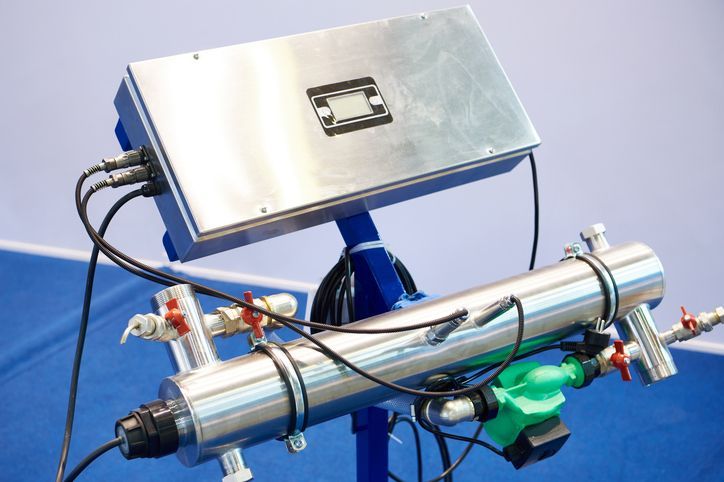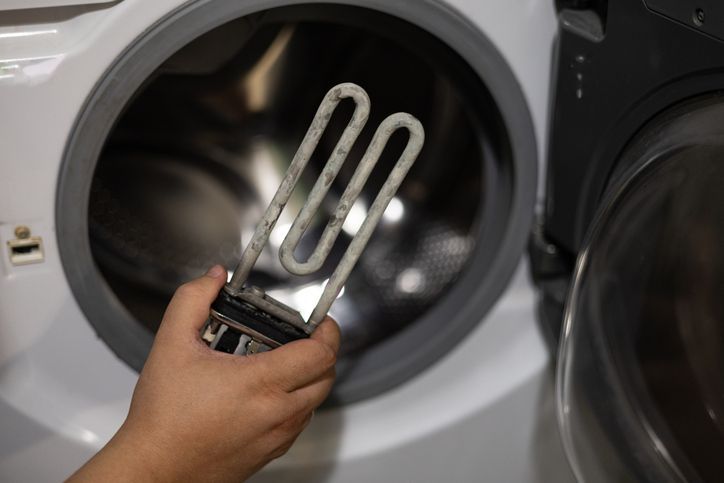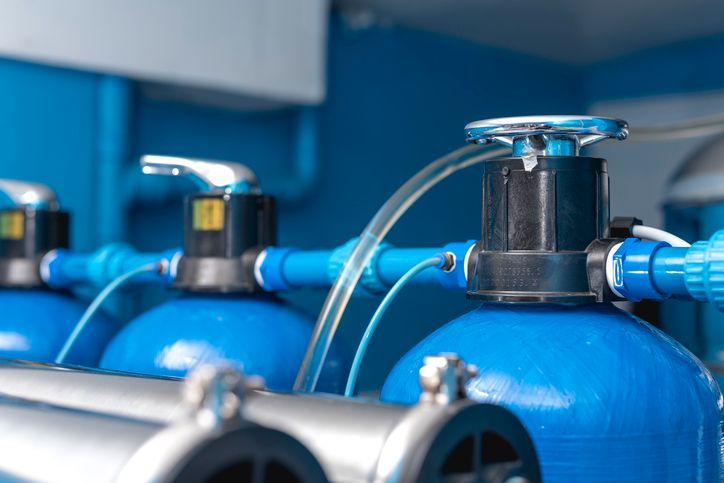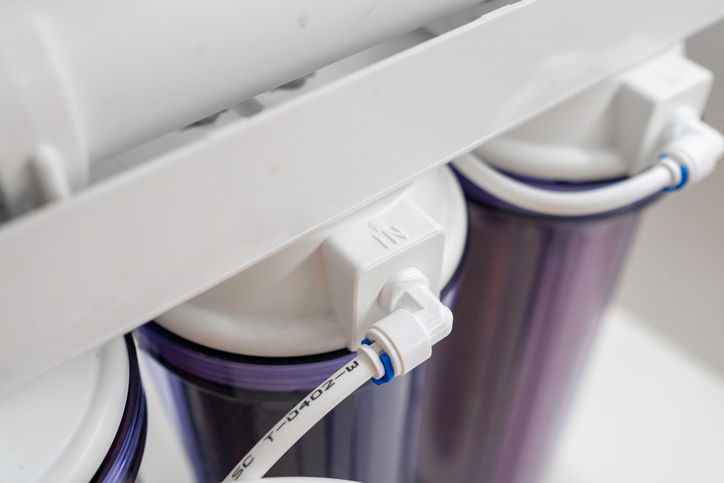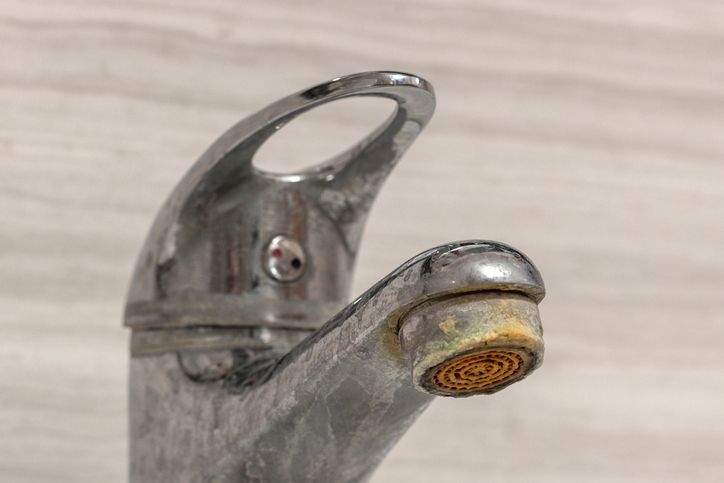Types of Water Filtration Systems
UV Filtration
Ultraviolet (UV) light filtration is a safe and effective method for disinfecting your drinking water. This type of filtration works by exposing living organisms like bacteria or viruses to a germicidal UV wavelength. The UV energy destroys the harmful microorganisms that can live in water, eliminating fungi, protozoa, bacteria, viruses, and more.
Since this system uses UV light, there are no chemicals added to the water that could change the taste or odor of the water. This is also a low-maintenance option requiring a UV lamp change annually.
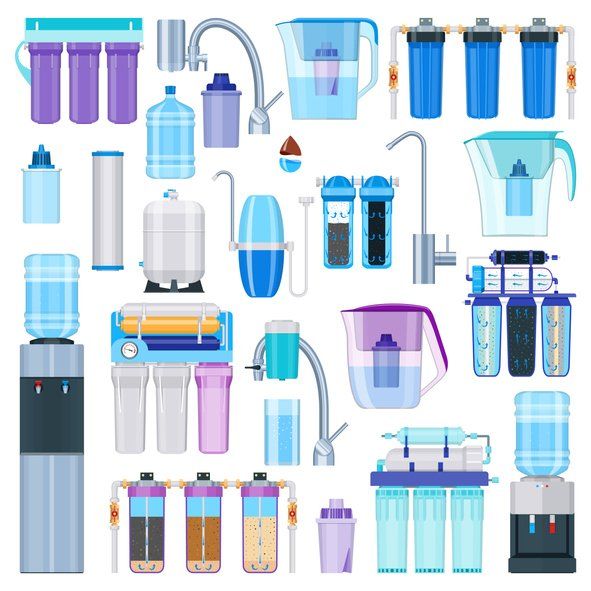
Reverse Osmosis
Reverse osmosis will provide you with bottle-quality water in your home. A small retaining tank is installed in the basement, where the pure water will be held for use. We also install an additional faucet with a couple of sediment filters under your sink. These filters work to remove sediment, carbon, and other microbes from your water.
This system is comprised of a sediment filter that screens out sediments and particles. This system also features of single manifold that houses four filter technologies and carbon filters that reduce elements that can cause water to taste or smell unpleasant. This system also has a reservoir tank that holds fresh, clean water for your use.
Standard Filters
Standard filtration is where water passes through the water system to remove any unpleasant taste, color, odor, or iron. These standard filters can be cartridge devices or a loose media tank style design. Water filtration equipment does require maintenance such as replacement filters, lamps, sleeves, membranes, and yearly cleaning.
Other standard filters include sediment filters that are used to remove grit and particulates from the water to repent clogs in the filtration system and to reduce issues with household plumbing and appliances.
Water Softeners
This type of water treatment is used to resolve issues with hard water. Hard water is where you have a high level of minerals like magnesium and calcium in your water. It can cause issues such as dry skin and damaged plumbing in the home. Water softeners work by filtering water through a mineral tank that contains a resonated media to filter out iron, magnesium, and calcium from the water.
Resonated media is made up of resin or plastic beads that have a negative electrical charge to attract the positive charge of the hard particles in the water. There are two types of water softeners, the ion exchange, which substitutes sodium ions for the hard minerals in the water, and the duel-tank water softener, which uses two resin tanks, leaving one available for use while the other completes a regeneration cycle.
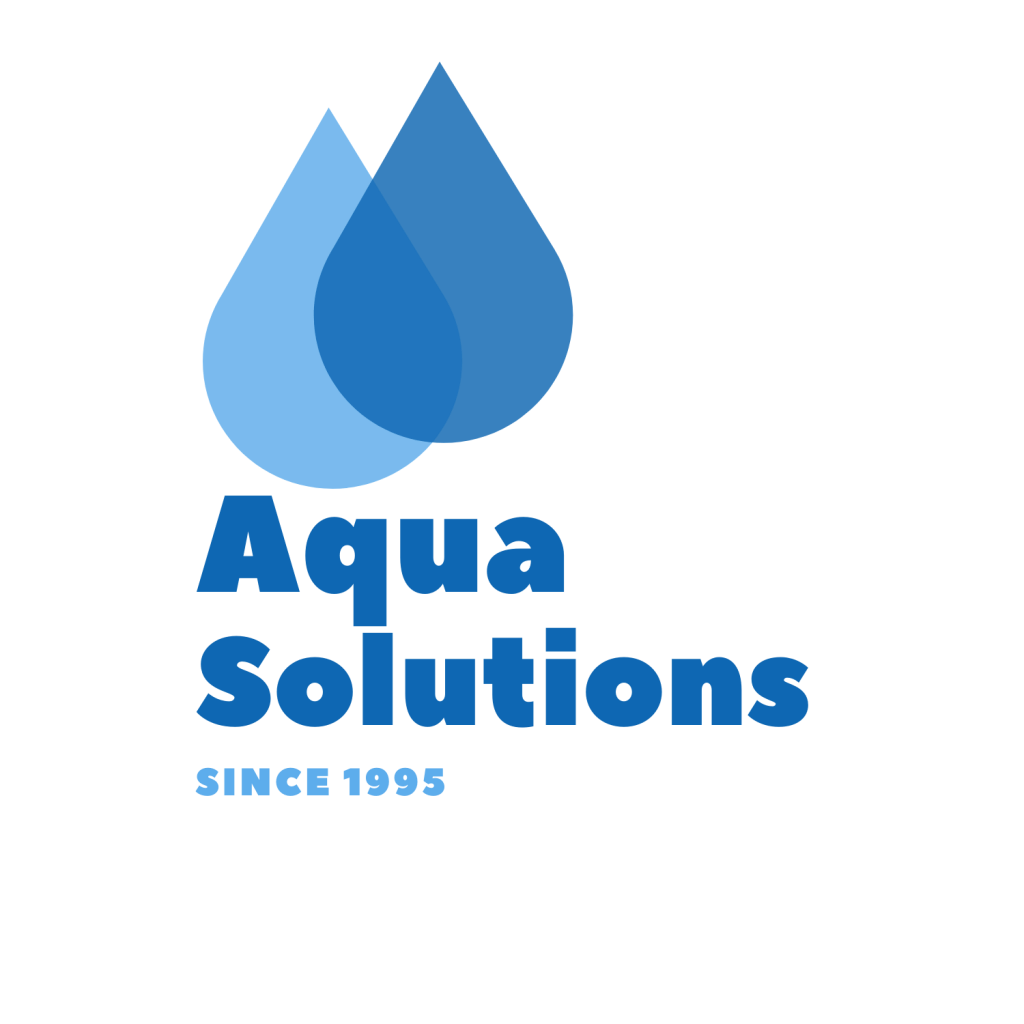
Author:
Gary Monks
Gary Monks has led Aqua Solutions since 1997, earning recognition as a water treatment expert with 25 years of experience. Renowned in Butler, he has won the Best Water Treatment award for three years and actively supports the community, including local sports and radio engagements.
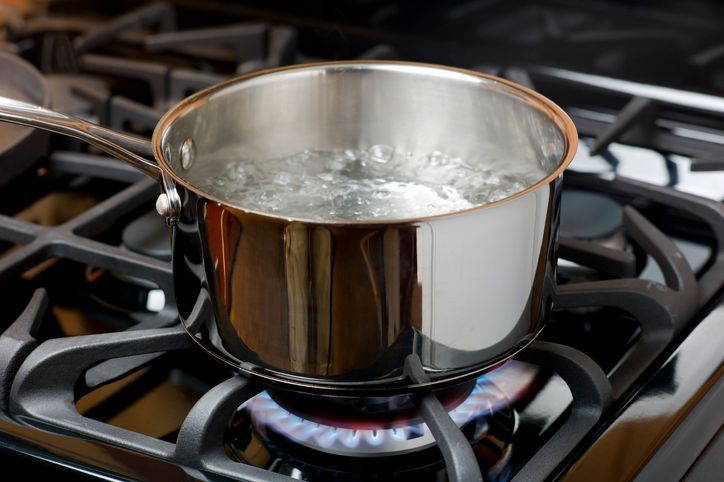
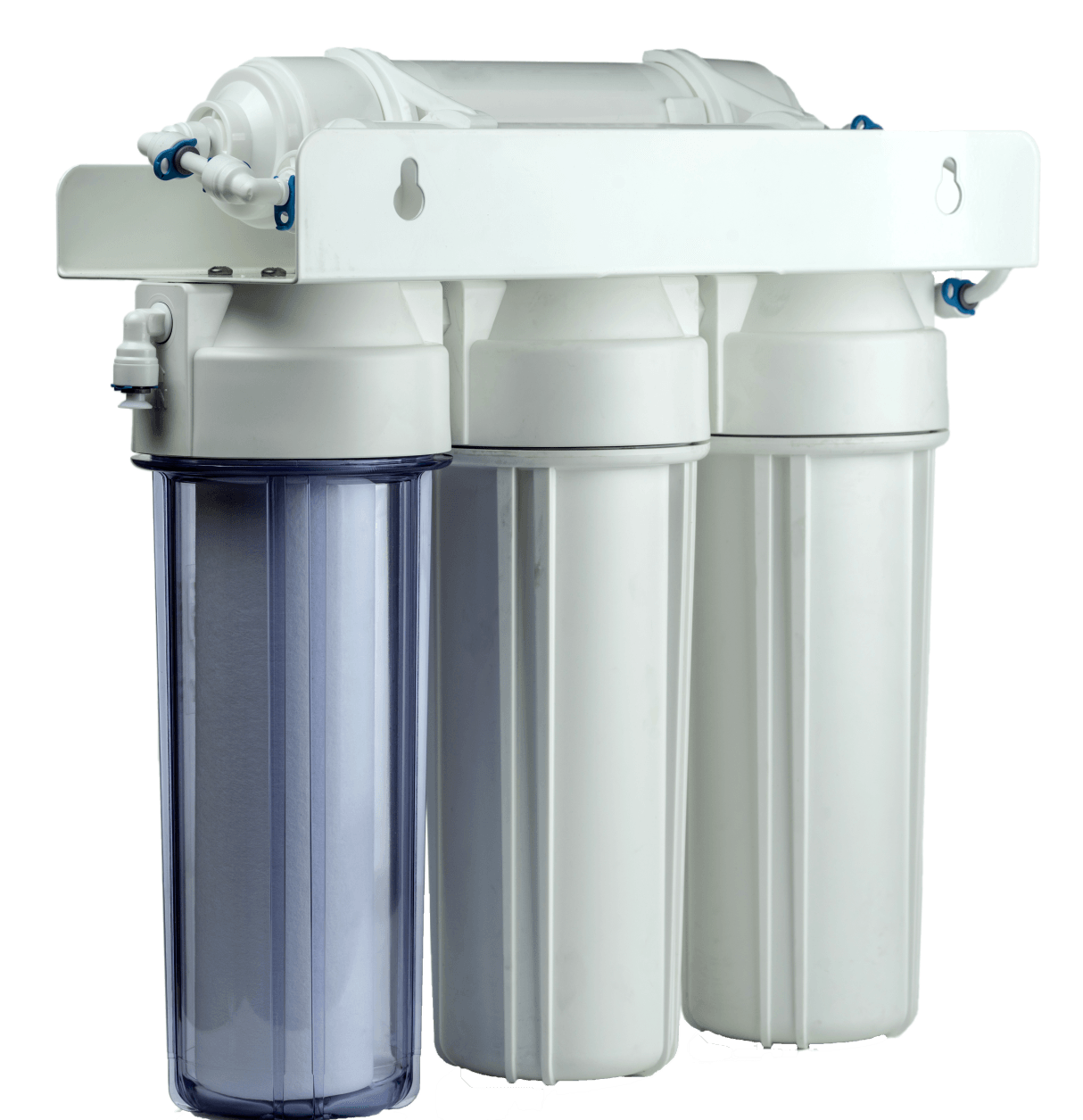
Get a Free Consultation Today!

All Rights Reserved | Aqua Solutions

